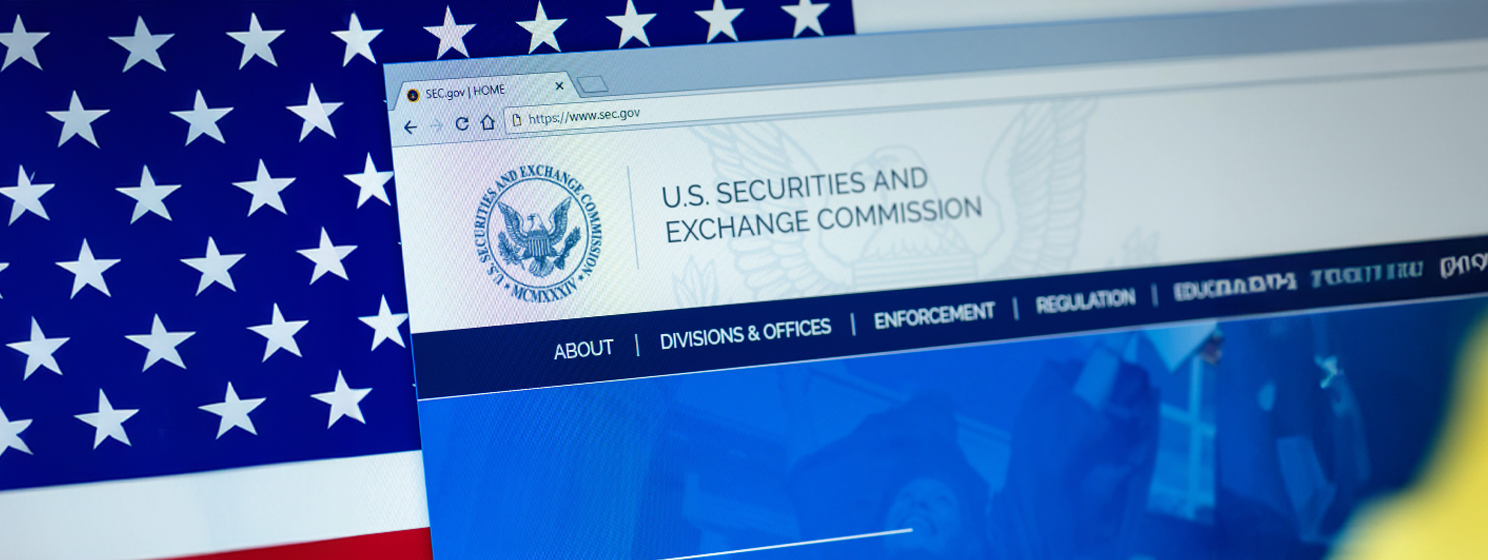
|
Getting your Trinity Audio player ready... |
India’s central bank digital currency (CBDC), or the e-rupee, saw a significant drop in usage in the wholesale segment during the financial year that ended on March 31, 2024, over the corresponding previous year. However, the e-rupee in the retail segment saw a significant boost in usage.
The Reserve Bank of India’s (RBI) accounts for 2023-24 show that circulation of its CBDC retail has grown to Rs 234 crore (about $28 million) compared to Rs 5.70 crore (about $682,212) in the previous fiscal year. Circulation of CBDC wholesale, on the other hand, has dropped to Rs 800,000 ($9,573) in the same period compared to Rs 10.69 crore ($1.27 million) in the corresponding previous year.
A retail CBDC is used by the general public, while a wholesale CBDC is used for transactions between banks and other financial institutions.
The RBI started its first digital rupee pilot in the wholesale segment on November 1, 2022, while the retail digital rupee pilot began on December 1, 2022. India has about 4.3 million retail users of CBDC. An additional 400,000 merchants are also using the e-rupee.
“Going forward, other instruments like commercial papers and certificates of deposits will be tried out in the pilots along with securities tokenisation features,” RBI Governor Shaktikanta Das said at the BIS Innovation Summit 2024 in Basel, Switzerland.
To further bring the e-rupee to par with cash, Das said that the RBI is looking to make the CBDC transferable in offline mode as well, just like paper currency, which does not require network connectivity for transactions.
Pushing popularity
Banks in India are offering incentives like cashbacks and reward points to boost the use of the e-rupee.
While private lenders like Yes Bank and IDFC First Bank are offering reward points that can be encashed for travel bookings and mobile recharges, others like ICICI Bank (NASDAQ: IBN) and Union Bank are also looking to offer similar incentives.
In February, the RBI said it is looking to enable additional functionalities of programmability and offline capability in CBDC retail payments. While programmability is expected to facilitate transactions for specific and targeted purposes, offline functionality will allow transactions in areas with poor or limited internet connectivity.
“The outlook for the Indian economy in 2024-25 is brightening,” the RBI said in its annual report. “The financial sector is sound and vibrant, supporting double digit credit growth, backed by high capital adequacy, solid earnings and improvements in asset quality.”
To learn more about central bank digital currencies and some of the design decisions that need to be considered when creating and launching it, read nChain’s CBDC playbook.
Watch: India posed to become leaders in Web3

 11-22-2024
11-22-2024


